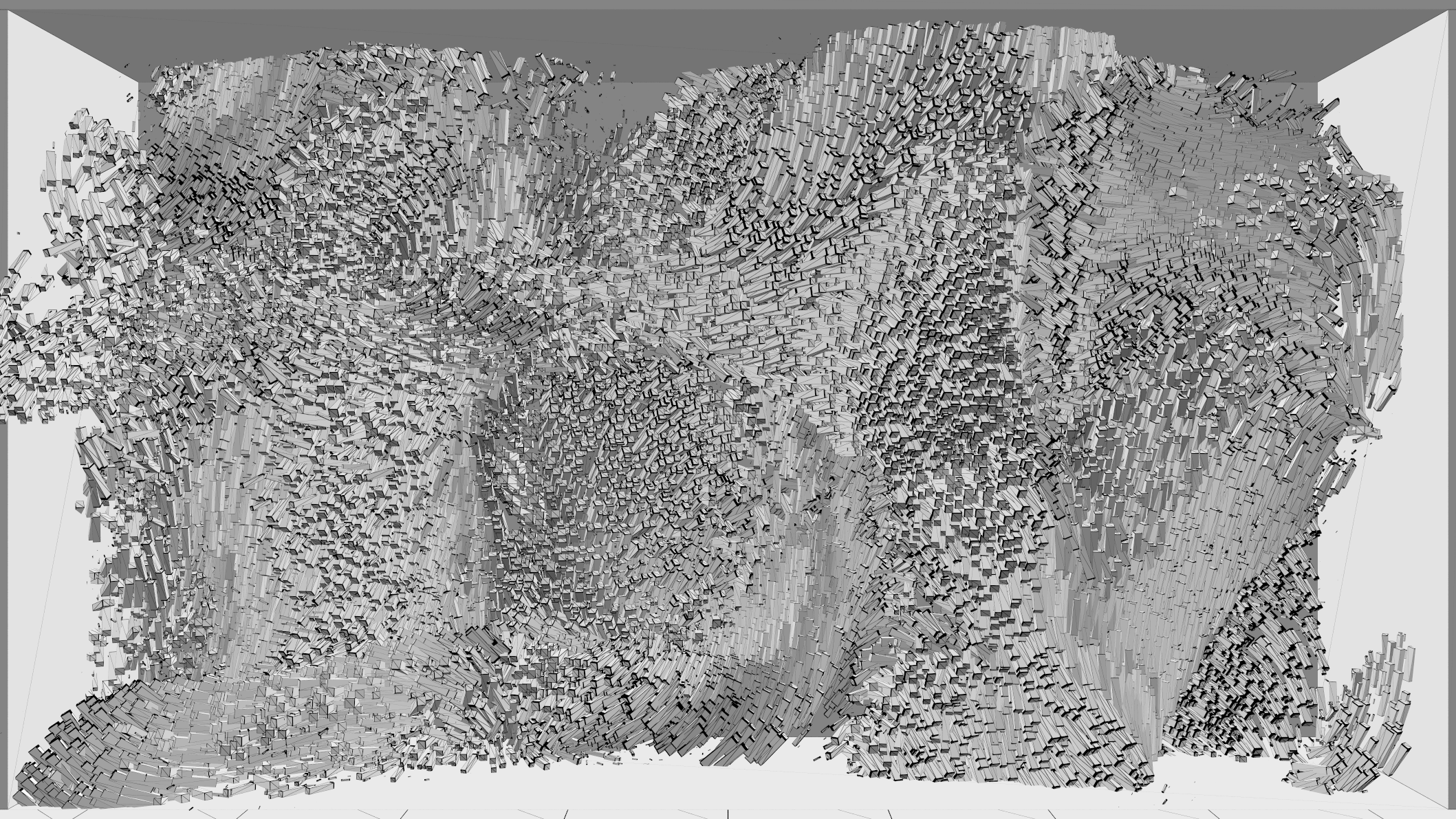Rendering
Updated: 21 Nov 2025
Updated: 21 Nov 2025

These options control the viewport rendering, and how it is scaled in the UI.
| Label | Description |
|---|---|
| Vertical Fit | The render resolution re-sizes to fit the vertical viewport dimensions, which can cut off the sides. |
| Horizontal Fit | The render resolution re-sizes to fit the horizontal viewport dimensions, which can cut off the top and bottom. |
| Scale To Fit | The scene is rendered at the project or compositions specified render resolution, and the output is scaled to fit within the viewport dimensions. Useful for testing performance and output quality, but can introduce scaling artefacts when viewing in the UI (will not affect the final output). |
The 25%, 50%, 100%, 200%, and 400% modes will render the content at the project or compositions specified render resolution, then scale to these specified resolutions. You can then use the navigation buttons on the Viewport to zoom, pan and re-fit the render - without affecting the render resolution. Useful for zooming into the pixels of a render to examine them closely, or panning across a comp with a wide or tall aspect ratio.
You can also increase or decrease the render resolution by a scaling factor. Useful for quickly decreasing the render resolution while working on a project, while the output on export remains the same.
These options full screen the content and select which monitor to render out to. Only one monitor can be full screened at a time, and Learning licenses will show a watermark.
These options allow you to view various shading passes from the render engine in the viewport. This can be tremendously useful for trouble shooting and diagnosing issues with a scene, or simply getting a better understanding of how the scene is being generated.
For more information on the available shading views, check out our page on the Viewport.
Renders the scene as a wireframe. Helpful for getting an idea of the polygon density in a scene.
This feature allows you to isolate the selected objects in the viewport. This can be useful for isolating particular nodes and working on a particular effect without the clutter or influence of other nodes in the scene.
Turbo mode stops the UI from updating during playback, boosting viewport playback performance. Useful for keeping smooth playback in the viewport while you’re reviewing a project.